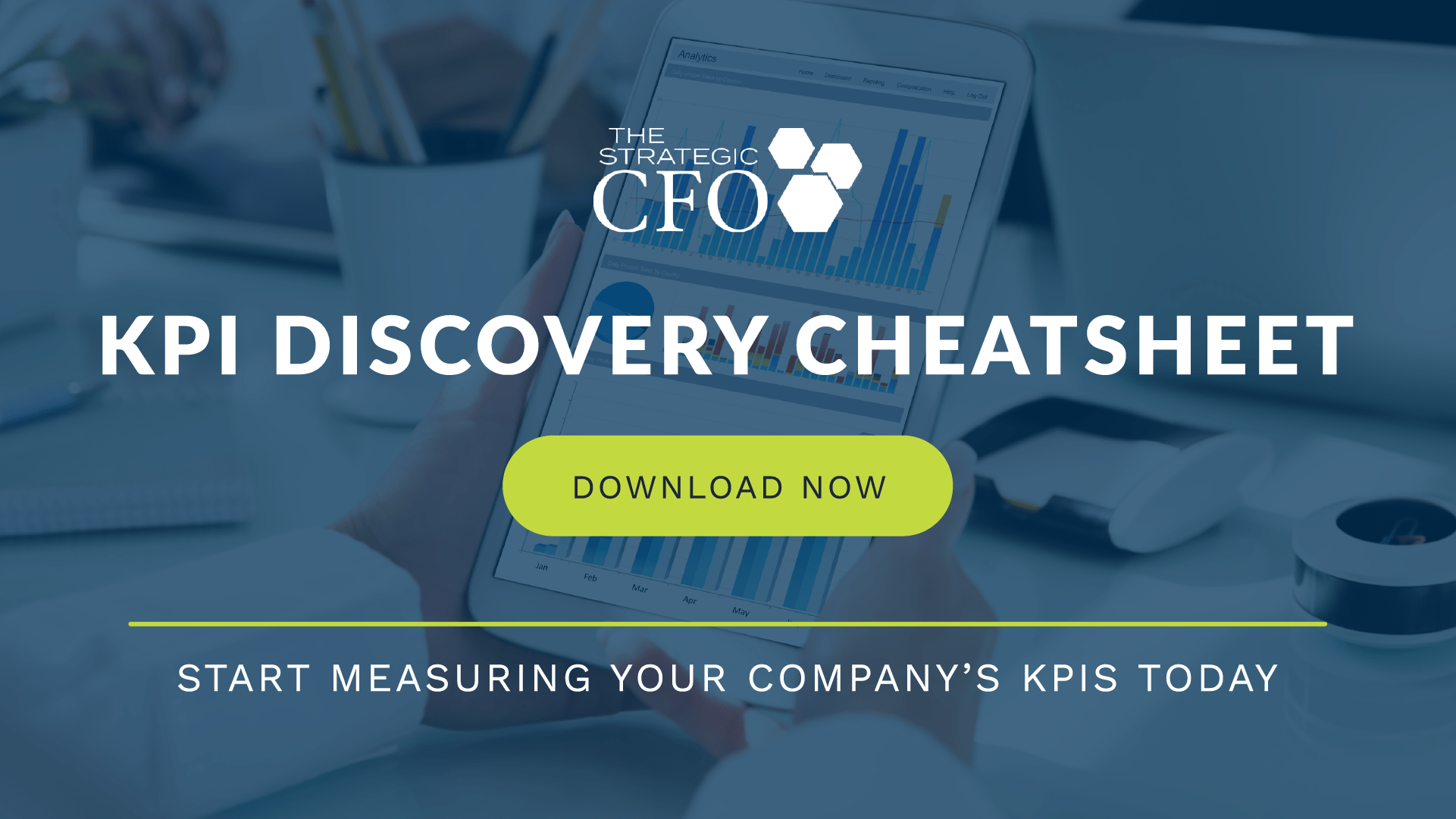Price to Book Value Analysis Definition
Price to book ratio analysis (PBV ratio or P/B ratio) expresses the relationship between the stock price and the book value of each share. In general, the lower the PBV ratio, the better the value is. However, the value of the ratio varies across industries. A better benchmark is to compare with industry average.
Price to Book Value Analysis Formula
Use the following price to book value analysis formula:
Price to book value = Market Cap ÷ book value
Calculation
Book value is the value of the company if you subtracted all liabilities from assets and common stock equity.
For example, assume $ 20,000 in market cap and $ 10,000 in book value.
Price to book value = 20,000 / 10,000 = 2
As a result, investors pay $2 for every dollar of book value that a company has.
Applications
Price to book value ratio measures whether or not a company’s stock price is undervalued. The higher the ratio, the higher the premium the market is willing to pay for the company above its hard assets. A company either is undervalued or in a declining business if the value of 1 or less. Although investors use price to book value ratio to get some idea of how expensive a company’s stock is, it provides very limited information for some industries with hidden assets, which are of great value but are not reflected in the book value.
Resources
For statistical information about industry financial ratios, please click the following website: www.bizstats.com and www.valueline.com.

[box]Strategic CFO Lab Member Extra
Access your Flash Report Execution Plan in SCFO Lab. The step-by-step plan to create a dashboard to measure productivity, profitability, and liquidity of your company.
Click here to access your Execution Plan. Not a Lab Member?
Click here to learn more about SCFO Labs[/box]

See Also:
Price Earnings Ratio
Price to Sales Ratio
Financial Ratios





















